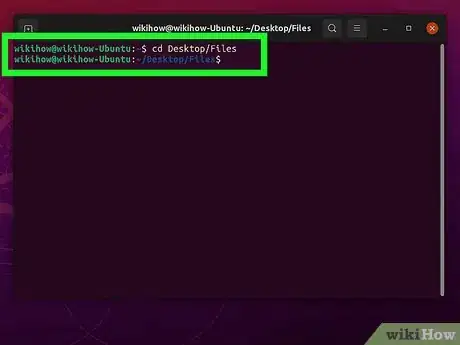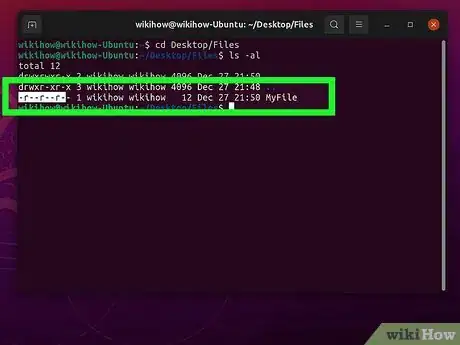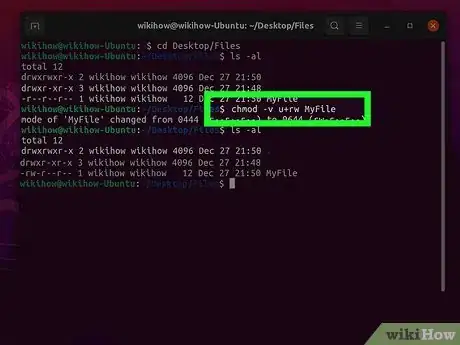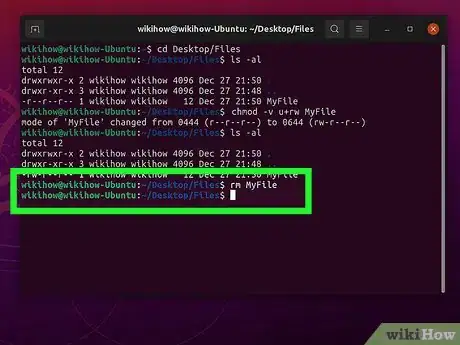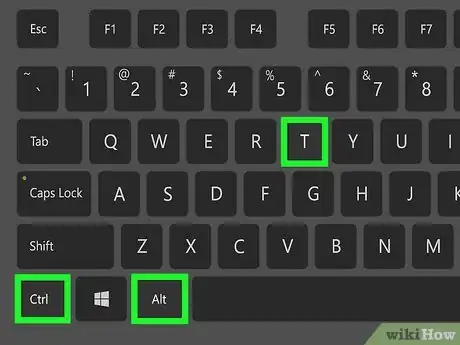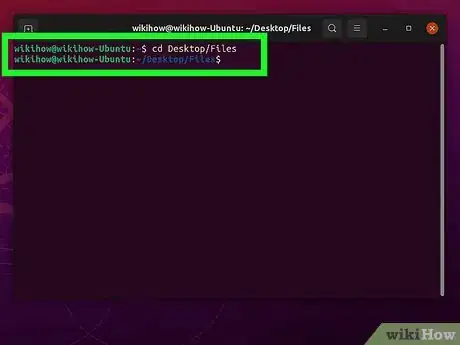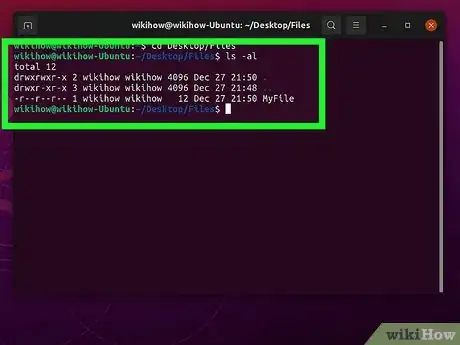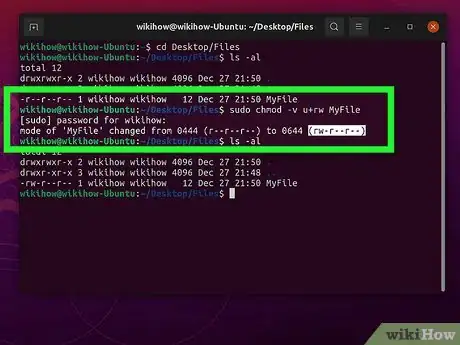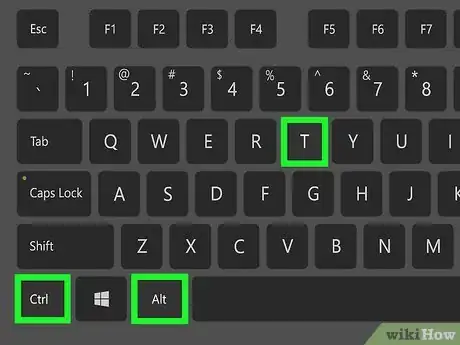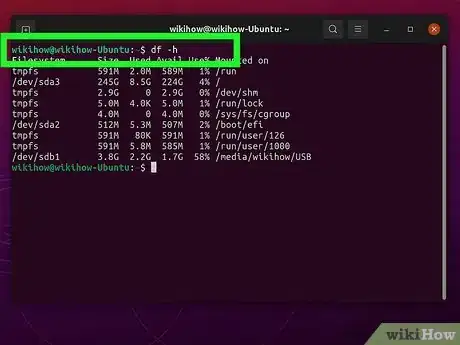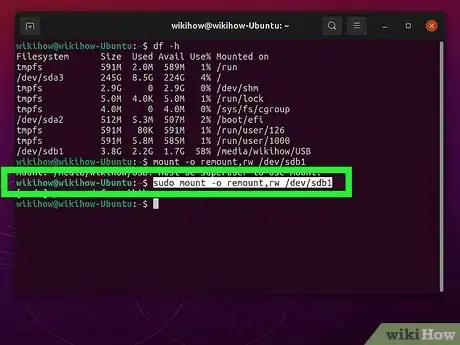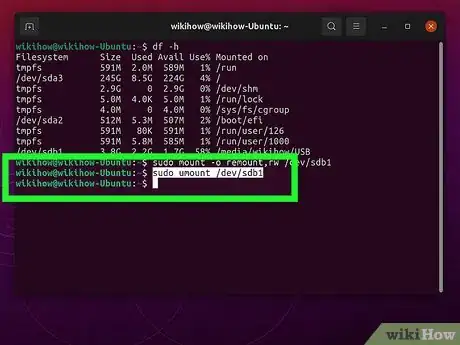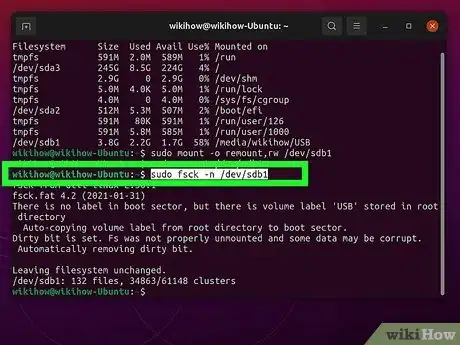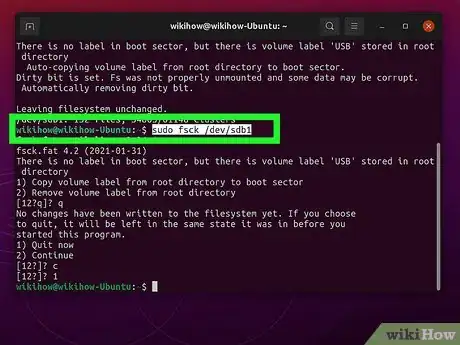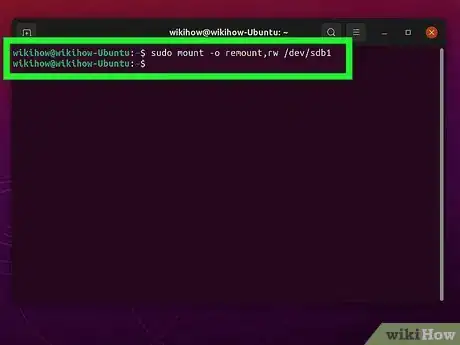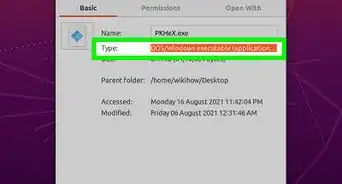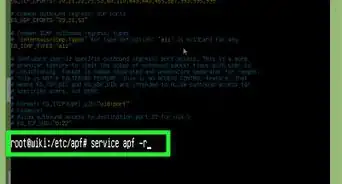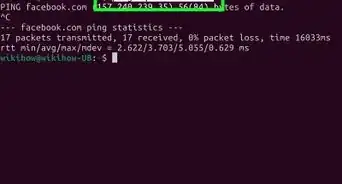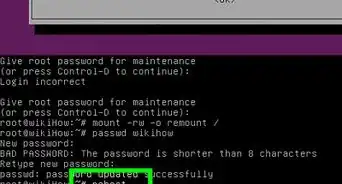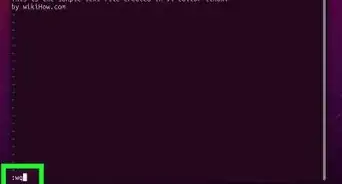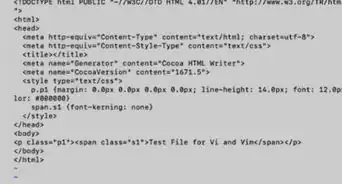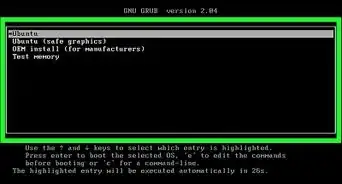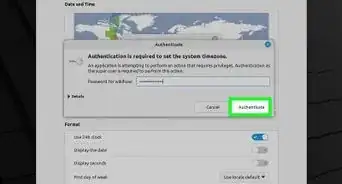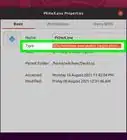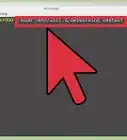This article was written by Stan Kats and by wikiHow staff writer, Nicole Levine, MFA. Stan Kats is the COO and Chief Technologist for The STG IT Consulting Group in West Hollywood, California. Stan provides comprehensive technology & cybersecurity solutions to businesses through managed IT services, and for individuals through his consumer service business, Stan's Tech Garage. Stan has over 7 years of cybersecurity experience, holding senior positions in information security at General Motors, AIG, and Aramark over his career. Stan received a BA in International Relations from The University of Southern California.
The wikiHow Tech Team also followed the article's instructions and verified that they work.
This article has been viewed 78,471 times.
If you want to delete a file that has read-only permissions in Linux, you have a few options. If the file belongs to you, you can either change the file's permissions or use the sudo command to delete the file as root. But if you're trying to delete a file that has write permissions and still can't delete it (or you see a "Read Only File System" error), you may need to remount the drive with proper permissions. We'll show you how to remove any read-only file on any Linux distribution, including Ubuntu and Linux Mint.
Steps
Changing File Permissions
-
1Open a terminal window. If a file you own is read-only, you won't be able to delete it unless you give yourself write permission for that file. If you're using a window manager, press Ctrl + Alt + T to open a terminal window now.
- Use this method if you're trying to delete a file that belongs to you but (e.g., you're the owner or in a group that has access to read the file) but don't have permission to delete it.
- If you're signed in remotely and already at a command prompt, just skip to the next step.
-
2Use cd to enter the directory of the file you want to delete. For example, if the file you want to delete is inside a folder called documents in your home directory, you'd use cd documents or cd /home/username/documents.Advertisement
-
3Use ls -al to display the file permissions for the files in the directory. Using ls -l displays a list of files in the directory, along with the owner of each file and its permissions. Adding the a to ls -l also shows hidden files and folders in the directory.
-
4Evaluate the permissions of the file you want to delete. The permissions for a file appear before its name like this: r--r--r--. The owner's name appears after it, followed by the group name.
- r is read permissions, w is write permissions, and x is execute permissions.
- The first three characters in the permissions (in this example, r--), are the file owner's permissions. So, in this example, the owner of the file only has read permissions, which means they can't write to, execute, or delete the file.
- The second three characters are group permissions. If you're a member of a group and that group has write permissions to the file, you'll be able to delete it even if you're not the owner.
- The third three characters are world permissions, which is everyone else.
-
5Use chmod -v u+rw filename to give yourself read and write permissions. You can omit the r if you already have read permissions. Once you have write permissions, you'll be able to delete the file.
- If you're not the file owner but have root access to the system, you can use sudo chmod -v u+rw filename to give yourself the right permissions.
- To see the file's new permissions, run ls -al again.
-
6Use rm filename to delete the file. Now that you have write permissions on the file, deleting it will be simple.
- If you aren't able to delete the file after making it writable, its partition may be mounted read-only. See Fixing the Read Only File System Error to troubleshoot.
Using sudo
-
1Open a terminal window. You can use the sudo command to delete a read-only file that you aren't able to delete with your user account. If you're using a window manager, press Ctrl + Alt + T to open a terminal window now.
- Use this method if you are not the owner of the file you want to delete and you'd rather just delete the file instead of first changing its permissions.
- If you're signed in remotely and already at a command prompt, just skip to the next step.
-
2Use cd to enter the directory of the file you want to delete. For example, if the file you want to delete a file inside a folder called documents in your home directory, you'd use cd documents or cd /home/username/documents.
-
3Use ls -al to view the contents of the directory. This command will display all of the files in the current directory, as well as each file's owner and permissions.
-
4Use sudo rm filename to delete the file. You'll be prompted to enter your password to obtain root-level permissions. Once your password is accepted, the read-only file will be deleted.
- If you aren't able to delete the file with sudo, its partition may be mounted read-only. See Fixing the Read Only File System Error to troubleshoot.
Fixing the Read Only File System Error
-
1Open a terminal window. If you're trying to delete a file and getting an error that says rm: cannot remove '(filename)' : Read only file system, there are a few possible causes. Start by pressing Ctrl + Alt + T to open a terminal window if you're using a window manager.
- If you're signed in remotely, just move to the next step.
-
2Run df -h to view all mounted devices. You'll need to know the exact mount point of the drive that's giving you trouble. This displays all mounted drives.
-
3Run the command mount . Replace mount point with the actual mount point, e.g., /media/usbdisk. If you're trying to delete a file on a removable disk or network drive, such as an old backup, the disk where the file is stored might be mounted as read-only.
- If you see ro in the results, the file system is read-only. Remounting the drive should fix the error. To do so, use mount -o remount,rw mount point. You can then delete the file.
- If the permissions are rw, the disk is mounted with read-write permissions, which means you should be able to delete files without problems. This usually means there's a problem with the file system on the drive. Continue with this method.
- If you see remount-ro, this means the there's a problem with the file system and the drive was remounted as read-only to limit additional damage. This also means there's a problem with the file system on the drive. Continue with this method.
-
4If the permissions are correct, unmount the drive. To do this, run sudo umount device . Replace device with the device name, e.g., /dev/sdd1.
- Since you can't unmount a root file system, you can't check the file system of the root partition unless you're booted into recovery mode. If the error is on the root file system, boot into recovery mode first.
-
5Run sudo fsck -n device to check the drive. This checks the integrity of the drive without making any changes. If the drive is okay, you'll see "clean" in the results. If there are errors, you will see them.
- If there are errors, back up the drive before you continue in case the file system cannot be repaired.
-
6Run sudo fsck device to repair errors. If there are errors, you'll be prompted to correct them.
- Even if you are able to correct errors, make a backup just in case the drive is dying.
-
7Remount the drive once repaired. If you were able to repair the errors, remounting the drive will make it so you can delete your files. Use mount -o remount,rw mount point to ensure the drive is remounted with read and write permissions. You should then be able to modify and delete files on the drive.
Expert Interview
About This Article
1. Use cd to enter the directory that contains the file.
2. Use ls -al to view file owners and permission attributes.
3. Use chmod -v u+rw filename to give yourself read and write permissions.
4. Use rm to delete the file.

